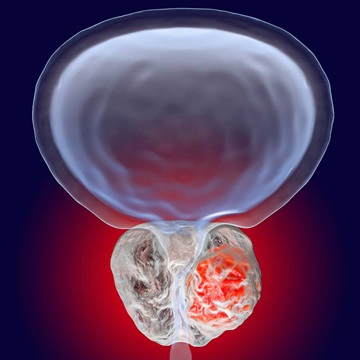Many people believe that prostate cancer is only possible in men, but a very small percent of women develop it in their female prostate gland (Skene duct) as well.
Prostate cancers come in various types and stages, from very slow growing to very fast growing. These stages are classified by the Gleason score, a scale based on the cancer’s appearance, followed by a prostate biopsy. The two grades are added together to determine the Gleason score.
Prostate cancers are often treated with radical prostatectomy, which is total removal of the prostate. However, some men are not healthy enough for this procedure or prefer other options, such as radiation therapy or hormone therapy.
About the Prostate
The prostate is a glandular organ, which a part of the male reproductive system. It is often described as the same size of a walnut, normally about 3 cm long (slightly more than 1 inch); it weighs about 30 g (1 ounce) and is located at the neck of the bladder and in front of the rectum.
The prostate surrounds the urethra, which is a tubular structure that carries the urine (produced by the kidney and stored in the bladder) out of the penis during voiding, and the sperm (produced in the testicle) during ejaculation. In addition, during ejaculation a thin, milky fluid produced by the prostate is added to the mix. This ejaculate that also includes fluid from the seminal vesicles, constitutes the male semen.

